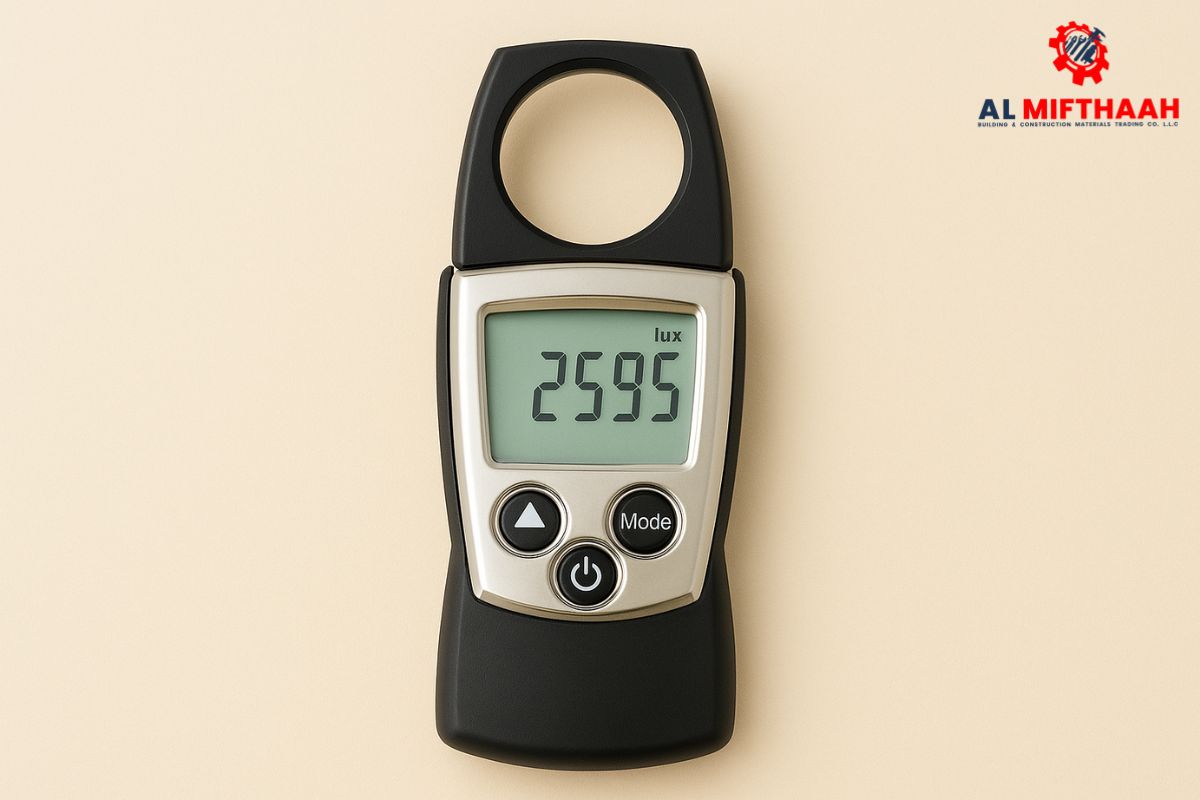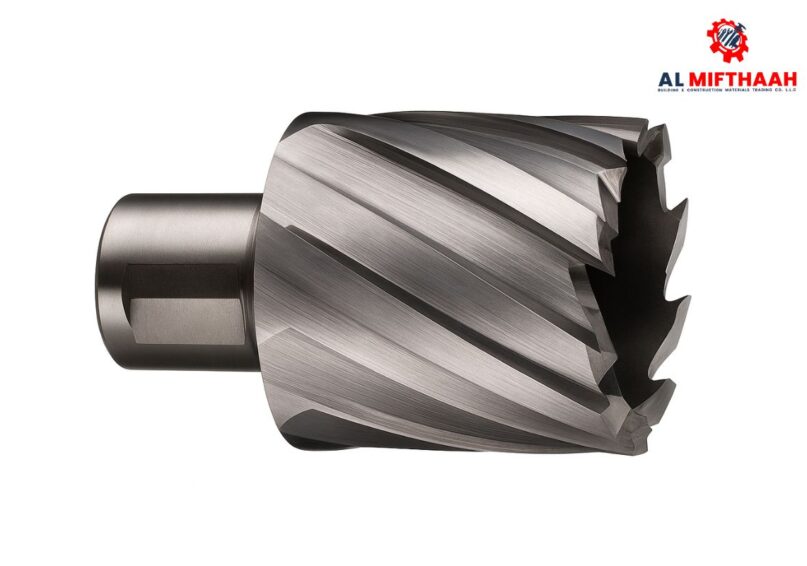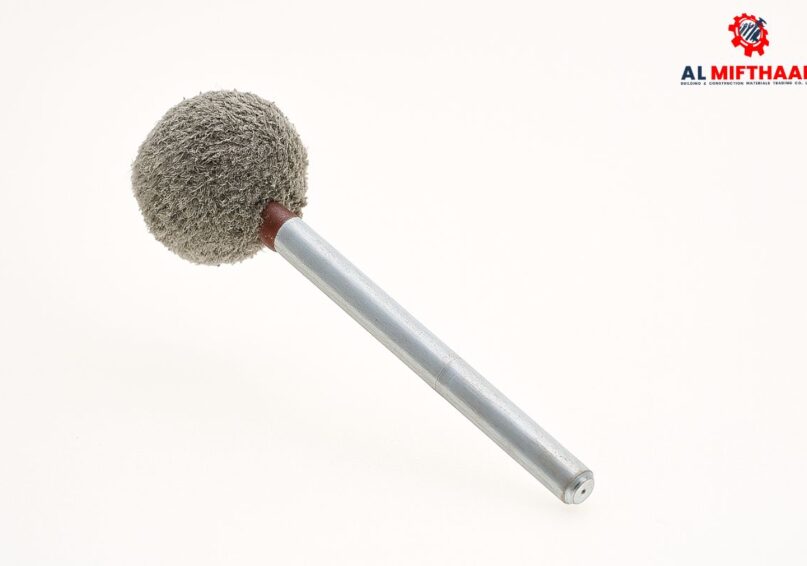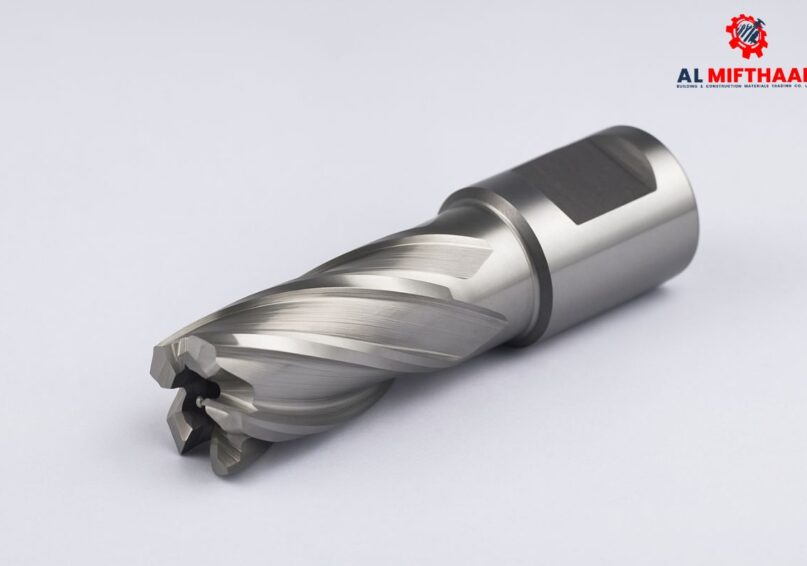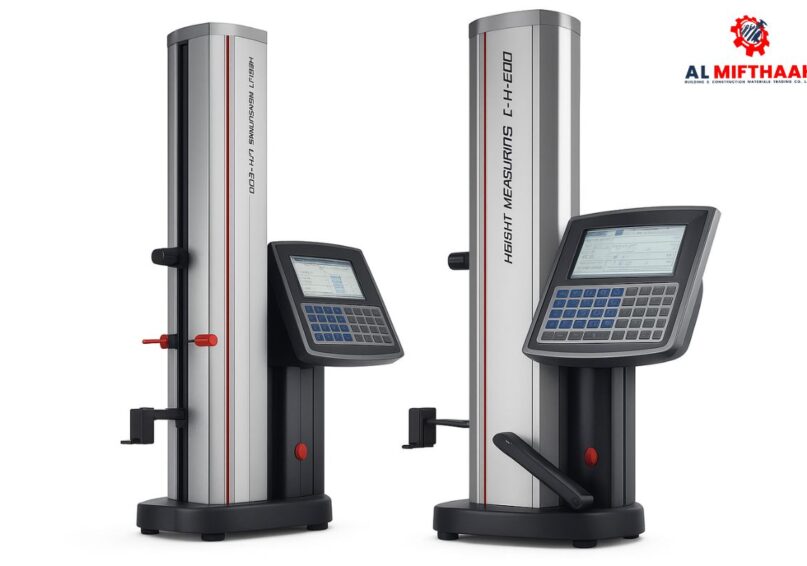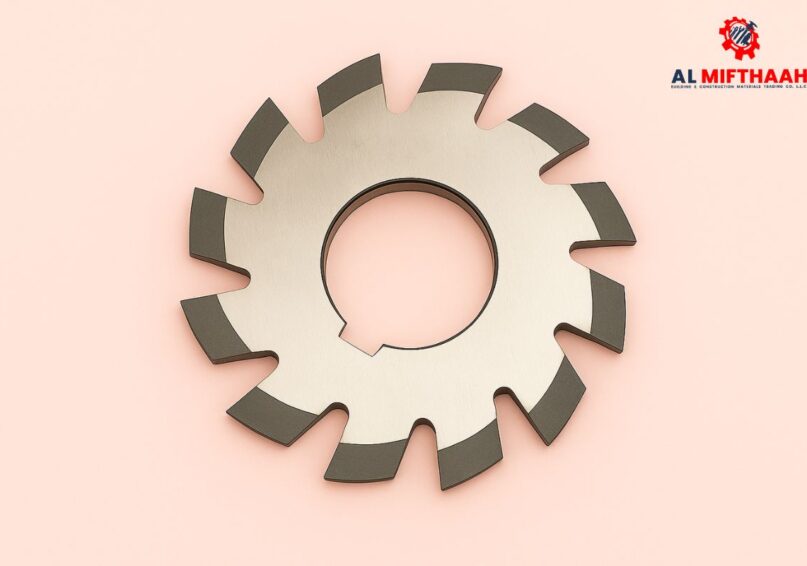- October 17, 2025
- by Almifthaah
How AI is Transforming Light Intensity Measurement Technologies
Table of Contents
- Understanding light intensity measurement
- Traditional methods and their limitations
- The role of AI in light intensity measurement
- How AI enhances accuracy and efficiency?
- AI-powered sensors and smart instruments
- Applications of AI in different industries
- Challenges and future possibilities
- Conclusion
Key takeaways
- AI improves light measurement accuracy by learning and self-improvement.
- Systems automatically suit the changing lighting conditions.
- AI analyzes rapidly larger datasets than traditional methods.
Light intensity measurement basically measures the power and brightness of light within a space. Over the last few years, Artificial Intelligence (AI) has transformed nearly every sector — from medicine to manufacturing. One of them is light intensity measurement technologies. Previously, it was necessary to manually calibrate and have human oversight while measuring light levels. However, today AI has totally transformed the scenario.
AI-based systems are now able to interpret light patterns with remarkable accuracy, speed, and precision. This breakthrough is turning out to be a game changer for sectors that rely heavily on precise lighting information — construction, smart cities, agriculture, and manufacturing.
Indeed, numerous precision instruments suppliers in Dubai are already incorporating AI-powered solutions into their product lines to address the increasing need for sophisticated light measurement devices.
Understanding light intensity measurement
Measurement of light intensity is the act of measuring the brightness or power of light within a space. It assists industries and scientists in ensuring that lighting levels are appropriate for different uses — ranging from growth in indoor plants to workplace safety.
Historically, light meters and photometers were employed to gauge light intensities. They give readings in lumens or lux, depending on use. Manual measurements are prone to errors due to environmental influences, human error, or sensor accuracy.
Light intensity measurement is critical in various applications such as:
- Environmental monitoring
- Smart lighting control
- Solar energy systems
- Industrial automation
- Quality testing in manufacturing
Precise measurement assures energy efficiency, enhanced productivity, and security. As technology demands increase, traditional methods no longer work — and this is where AI comes in.
Traditional methods and their limitations
Before AI, light intensity was taken by hand or with simple digital equipment. These instruments had to be calibrated often, crunched data slowly, and were influenced by the environment. They were also not automated, so precise, repeatable results were challenging. With AI, such issues are a thing of the past via smarter, quicker, and more accurate equipment.
The role of AI in light intensity measurement
AI adds quick reaction to smart learning and light measurements, using algorithms to spot the pattern, predict the results and adjust immediately.
This is how AI is impacting:
- Data-Driven Insights: AI processes huge datasets to learn the behavior of light in diverse settings.
- Self-Learning Systems: Machine learning processes enable sensors to refine accuracy through repeated exposure.
- Real-Time Adjustments: Systems adapt automatically to adjust readings based on temperature, movement, or angle fluctuations.
- Predictive Maintenance: AI forecasts when instruments require recalibration or replacement, minimizing downtime.
However, this dynamic intelligence enables industries to harvest highly accurate data, minimize costs, and optimize performance efficiency.
How AI enhances accuracy and efficiency?
Light measurement devices that utilize AI have enabled measurements and analysis of light intensity with higher accuracy than ever. The systems leverage sophisticated algorithms, artificial neural networks, and image identification in order to provide accurate data.
The following are the ways in which AI makes the performance better:
- Abolishment of Human Error: Computerized readings eliminate the potential for human errors.
- Improved Processing Speed: AI systems calculate thousands of readings in a second.
- Improved Calibration: Intelligent sensors automatically calibrate against historical data.
- Increased Consistency: Ongoing learning guarantees consistent outcomes even in dynamic conditions.
- Power Optimization: AI assists in managing light levels, maximizing power consumption and efficiency.
For businesses relying on accurate measurement — aerospace, automotive, or electronics, for instance — these advantages are priceless. Therefore, some measuring instruments dealers in Dubai
now provide AI-enabled solutions for enhanced accuracy and control.
AI-powered sensors and smart instruments
AI sensors are at the center of this revolution. They provide more intelligent, context-driven results beyond the capabilities of simple light meters through integrated processors and algorithms.
Major Features of AI Sensors
- Adaptive Sensitivity: Sensors automatically adapt to changing light conditions.
- Cloud Connectivity: Real-time data transmission allows for remote monitoring.
- Integrated Analysis: Inbuilt processors interpret readings in real time.
- Environment Mapping: Sensors identify spatial trends to create optimal lighting.
- Low Maintenance: Predictive analytics minimizes maintenance expenses.
Moreover, these intelligent systems are extensively applied in industries where precision and flexibility are paramount — such as smart factories, solar panels, and laboratory test equipment.
Additionally, sophisticated AI sensors are today employed in quality control, where luminance consistency is vital for product inspection. For instance, in semiconductor fabrication, even minute variation in light can impact accuracy — and AI makes sure every aspect is measured to perfection.
Applications of AI in different industries
Technologies based on AI-driven light intensity measurements are being used across the board. Let’s take a look at some of the prominent industries where they are having a significant impact:
- Smart Cities and Infrastructure
Smart city lighting systems based on AI alter brightness according to available natural daylight and the number of occupants. This not only makes them more energy efficient but also increases urban safety and comfort.
- Agriculture and Greenhouses
Artificial intelligence-based sensors assist in providing the best light conditions for plant growth. AI systems regulate artificial light according to the amount of sunlight, and the photosynthesis and crop health remain consistent.
- Solar Energy
AI assists in monitoring changes in light intensity and panel efficiency, enabling improved predictions of energy yield. Real-time information enables solar farms to adjust the orientation of panels and maximize performance.
- Manufacturing and Quality Testing
Measuring light is necessary for accurate inspection in production lines. AI maintains uniform brightness, color reproduction, and product consistency. Most machine measuring tools dealers in Dubai currently offer these smart solutions for industrial applications.
- Healthcare and Laboratories
Systems based on AI are also implemented in medical imaging and laboratory settings where accurate lighting conditions are important for diagnostic precision and research outcomes.
Challenges and future possibilities
While AI has brought major improvements, certain challenges remain in fully integrating it into all aspects of light measurement.
Key Challenges
- High Implementation Costs: Advanced sensors and systems can be expensive initially.
- Data Security Concerns: Cloud-connected devices must ensure data safety.
- Technical Expertise: Trained professionals are required for AI system maintenance.
- Integration with Legacy Systems: Older instruments may not support AI-based upgrades.
But the future is bright. With AI technologies becoming increasingly available, the adoption cost will reduce. Additionally, the coupling of Internet of Things (IoT) and AI will further augment the capabilities of light measurement systems.
In the years ahead, we can look forward to:
- Smaller Sensors: Energy-efficient, more accurate sensors that are smaller in size.
- Better Predictive Models: AI would forecast environmental lighting variations beforehand.
- Cross-Industry Applications: Broader adoption in automotive, aerospace, and smart home technologies.
- Sustainability Impact: Energy efficiency and green design will be the norm.
AI, IoT, and automation will further redefine industries’ measurement and management of light.
Conclusion
The coming together of Artificial Intelligence with light intensity measurement technologies is a new age of precision, efficiency, and automation. From smart cities to high-tech manufacturing, AI is changing the way light data is gathered and analyzed completely.
As industries become more advanced, the demand for intelligent measurement instruments will further increase. AI is facilitating this shift effortlessly by improving reliability, lowering costs, and enhancing sustainability in all industries.
With innovation at the forefront, even Dubai-based precision instruments suppliers and international technology providers are following suit to remain competitive in a market with stiff competition.
AI isn’t only making us better at measuring light — it’s also changing what precision really is in the era of data.


